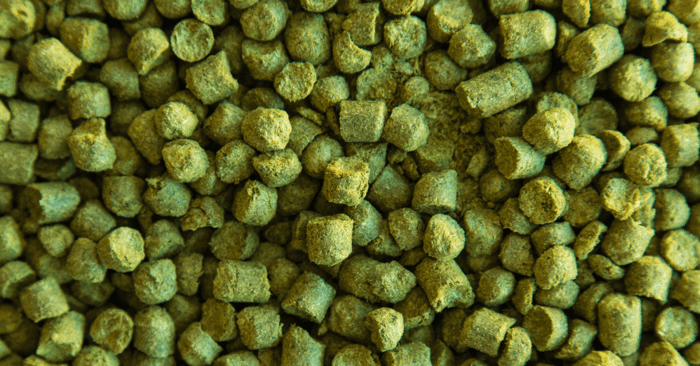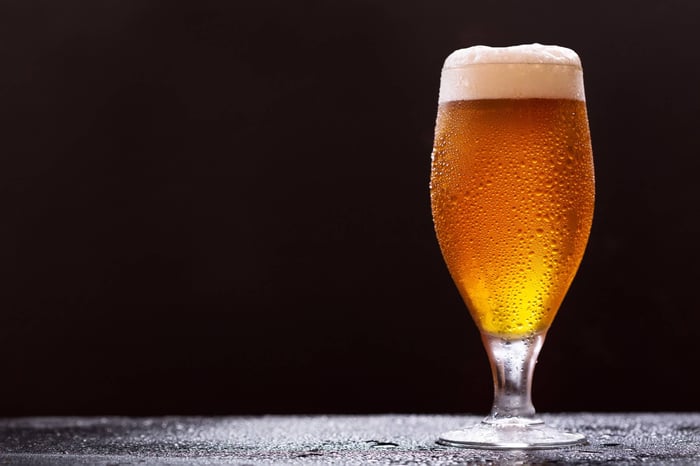Getting your dry hopping technique sorted can feel like trying to hit a moving target sometimes. You've got hop varieties to choose, quantities to calculate, timing to consider – and just when you think you've got it all figured out, there's another variable to throw into the mix.
Temperature during dry hopping is one of those factors that doesn't get talked about much, but it can make a massive difference to your final beer. Our colleague Chris from the UK office has been diving into this, and his findings are pretty compelling.
Setting Up the Test
The experiment was approached with the thoroughness you'd expect from someone who's serious about their brewing. A single batch of hoppy black saison was brewed, then split across three separate fermenters to ensure consistency in everything except the variable being tested.
The base beer was built around 50g each of Mosaic and Citra added at the end of the boil, with Belgian ale yeast handling fermentation duties. When each 6.5-litre portion reached 1.020 specific gravity, the dry hop charge of 34g Mosaic and 34g Citra was added to each fermenter.
Here's where the experiment got interesting: instead of leaving all three at the same temperature, one fermenter was moved into the fridge (12°C), another was put on a heat pad (26°C), and the third was left at room temperature (20°C). Each batch got exactly three days of contact time.
The Tasting Results
The blind tasting results were unambiguous. Every taster preferred the beer that had been dry hopped in the cold – it delivered superior hop aroma and flavour compared to the others. The room temperature batch came second, showing similar characteristics but with less intensity. The heated batch was clearly the least favourite, with noticeably muted hop character.
What was particularly interesting was observing how the room temperature sample's aroma became more pronounced as it warmed up during tasting. Even so, it couldn't match the vibrant character of the cold-conditioned beer.
Understanding the Science
The results might seem counterintuitive at first – after all, we know that alpha acids dissolve more readily at higher temperatures. However, research shows that the difference in extraction between 4°C and 20°C is actually quite small, with most dissolution complete within 24 hours regardless of temperature.
The key advantage of cooler temperatures appears to be the preservation of volatile aromatic compounds. Heat tends to drive off these delicate oils and esters that contribute to fresh hop character, while cooler conditions help retain them.
Practical Applications
Ready to try cold dry hopping in your next brew? Here's how to make it work:
Target Temperature: Aim for 10-12°C during the dry hopping period
Process: Add your hops at the usual gravity point, then move to cooler conditions
Contact Time: Maintain your standard 3-4 day contact period
Equipment: A fermentation fridge works perfectly, or utilise naturally cool conditions if available
The Clarity Advantage
There's an additional benefit to cold dry hopping that's worth mentioning: improved beer clarity. The proteins and hop particles that can contribute to haze appear to settle more effectively at lower temperatures, potentially giving you cleaner-looking beer alongside better flavour.
Looking Ahead
Further experiments are being planned to narrow down the optimal temperature range and explore the clarity effects in more detail. This kind of systematic approach to brewing variables is what helps us all improve our techniques over time.
Have you experimented with different temperatures during dry hopping? We're always keen to hear about fellow brewers' experiences and what techniques are working for you.
Grainfather Team









